
PROFESSIONAL ARCHAEOLOGICAL ILLUSTRATION
Valerie Woelfel – St. Paul, MN USA – 651 955-7198 – [email protected]
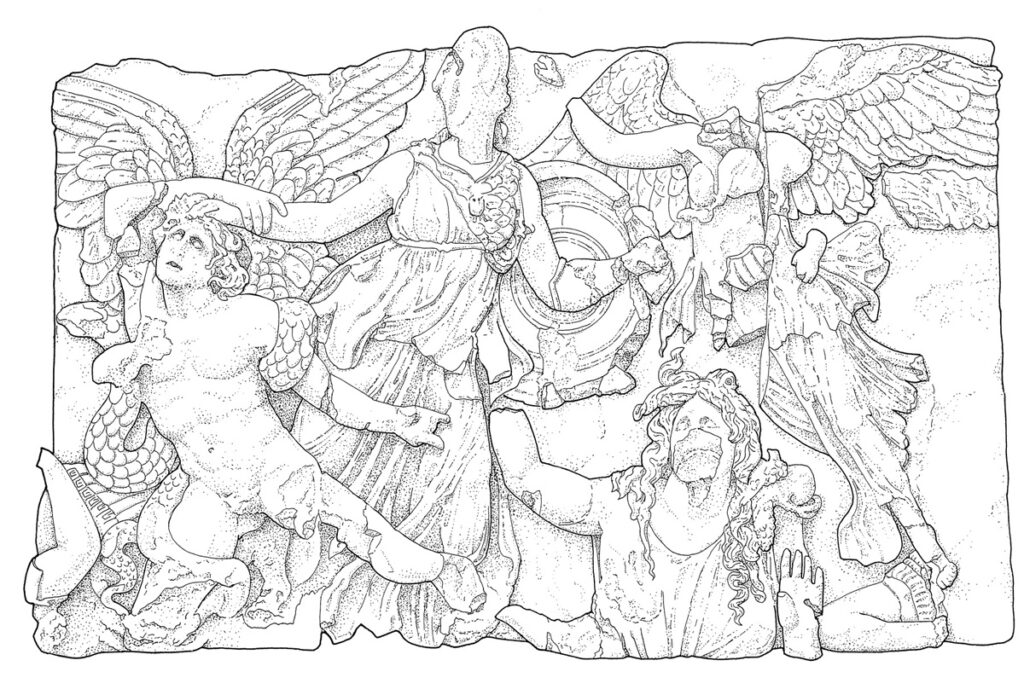
Some of my favorite jobs as an archaeological illustrator come from the field of art history. This has given me the privilege of working with a wide range of materials from North American folk art to the sculpture of the Hellenistic and Roman world. These jobs feed the artist in me and offer the opportunity to study these pieces in detail.
This illustration is a pen and ink drawing for the Pergamon Altar. I was fortunate to have access to high-resolution photographs that I had taken previously on a visit to Berlin. This allowed me to capture the complex detail and emotion of the original sculpture.
Creating an archaeological illustration begins with understanding the image’s final purpose. Will it be used in print or digital format? What size and resolution are required? These considerations guide how I approach each illustration from the start. In the past, printing in color was expensive and often reserved for a few select plates in a publication. Digital has made color images common, but many of my clients still expect a traditional look to their images using the conventions that have been developed to clearly and accurately communicate archaeological knowledge.
This illustration is from an Attic red-figure vase depicting Penelope at her loom. I created this drawing using high-resolution photographs. When I unexpectedly stumbled on the original Skyphos in the museum at Chiusi, I felt like I was meeting an old friend..
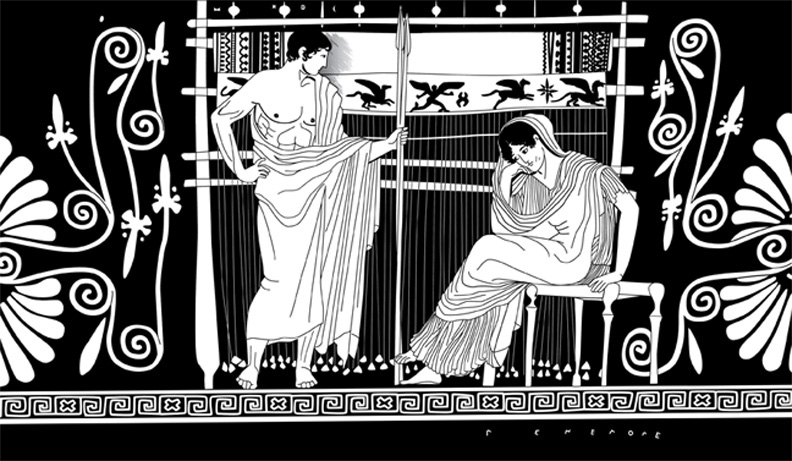
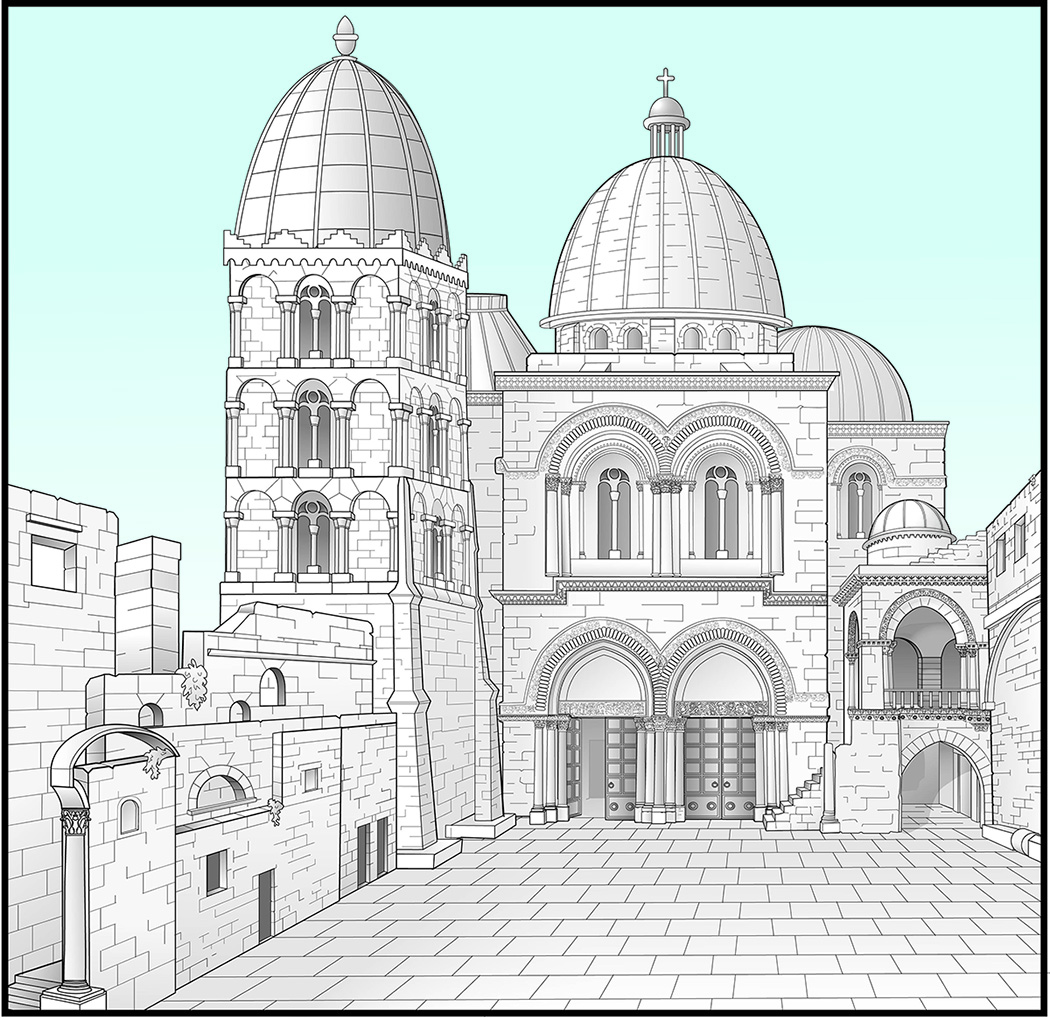
In addition to working with scholars, I create drawings that support archaeology and history tourism. This image depicts the Church of the Holy Sepulcher during the Crusader period and was used in a pilgrim’s guide to the site. Reconstructing this important building meant understanding its complex architectural history, which required extensive background research. This became far more in depth than I initially expected since the building was so heavily modified over time by people, fire, and earthquakes with very little in the way of visual documentation.
Drawings and maps for cultural heritage tourism helps bring the past to life for modern travelers and build interest in visiting a site while enhancing the experience of the travel while they are at the location.
Drawings for publications aimed a general audience, play a role in making the past accessible and engaging for non-specialists. This helps build enthusiasm and support for history and archaeology. I collaborate with authors on books for popular audiences to create drawings that capture the imagination of the reader while also respecting the integrity of the archaeology behind the image. I find it especially rewarding to work on publications aimed at young audiences.
This illustration was feature in the children’s book Daily Life in Bible Times. I used still frames from movies to capture the poses of the figures before creating a pen and ink drawing. I then scanned the drawing and colored the image in Photoshop. Working on illustrations for a general audience allows me to explore more creative techniques while still maintaining the accuracy essential in archaeological illustration.
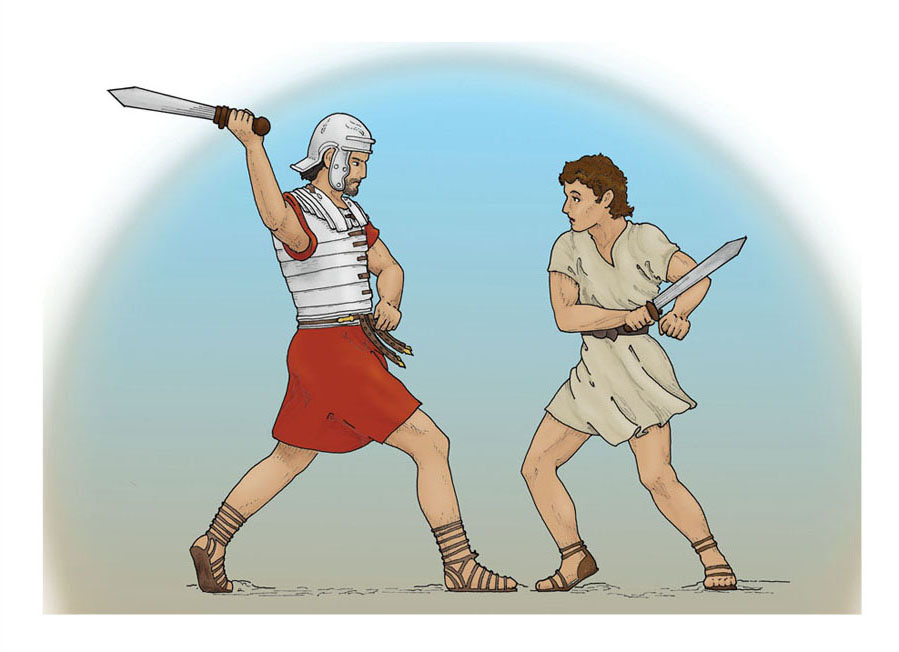
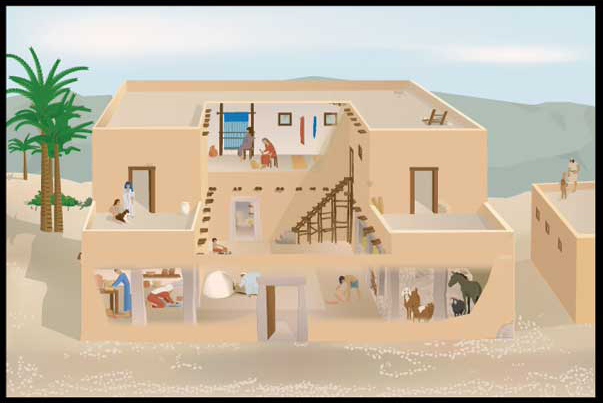
Creating reconstructions of archaeological sites is one of the interesting aspects of my work as an archaeological illustrator. These drawings are an integral part of the archaeological analysis process and not just artistic interpretations. I collaborate closely with the archaeologist to answer questions needed to create the reconstruction. This is often an opportunity for the archaeologist to think through the details of how they are visualizing their site. For example, if they have excavated the foundations of a wall, they now need to decide how tall the complete wall would have been, did it have windows, was it plastered or painted? Working through these questions often requires multiple iterations of the drawing and is a journey of discovery for the archaeologist as much as it is for me.
This image is a reconstruction of an Israelite house, created for a children’s book. Projects like this one highlight the ways that archaeological illustration can make the ancient world tangible for both scholars and general public.